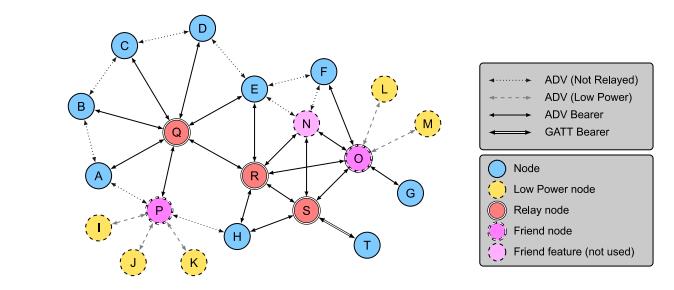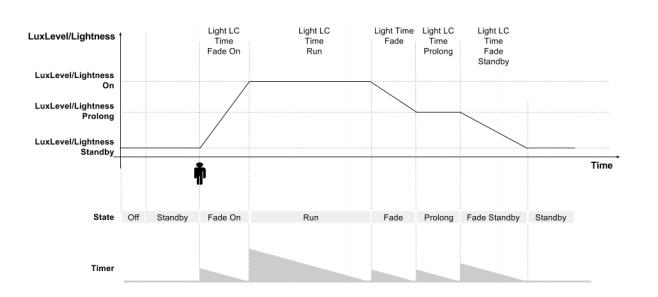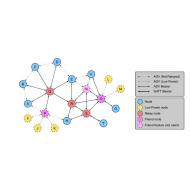Unsurprisingly, the lighting sector is starting to demonstrate its interest in Bluetooth Low Energy technology, designing communication systems to sensorise the interior environments of homes, offices and industrial warehouses. In the world of street lighting, the installation manufacturers and maintenance sector has discovered the attraction of this technology with the aim of optimising their resources and finding a cost-effective channel of information and action on each light point.
Last year, the last update of the BLE specification defined a standard model for the lighting sector. One model that can define the servers and resources/attributes offered, defined in a document and under a set of standard rules that guarantee interoperability between different applications and platforms. Such models are incorporated into each one of the devices that make up the grid. For the world of lighting, each driver represents a device with BLE technology which can be uniquely accessed, as well as by linking together groups of devices or even broadcast-type messages that achieve the total number of nodes comprising the grid.

The Mesh model for lighting defines a series of resources that refer to the fade level, the colour temperature, the light level and even the status of the lighting (Standby, ON, Maximum level, etc.). In other words, it is able to define the set of basic parameters representing the status of a light point.

Miguel Sousa
Smart Systems Division

